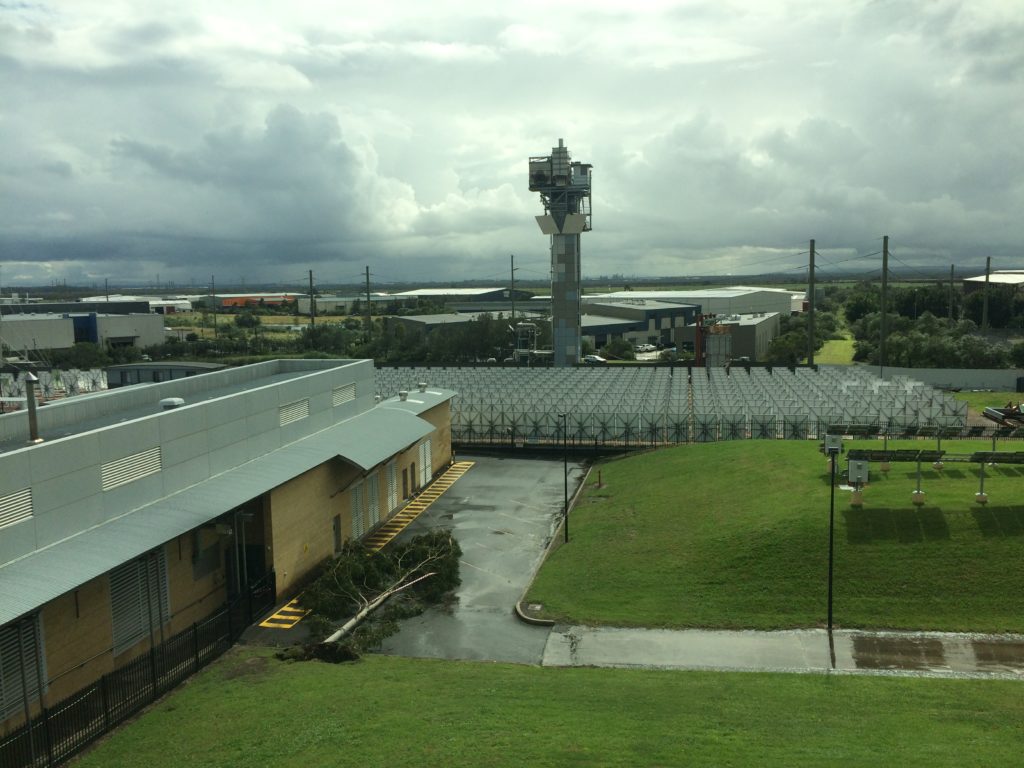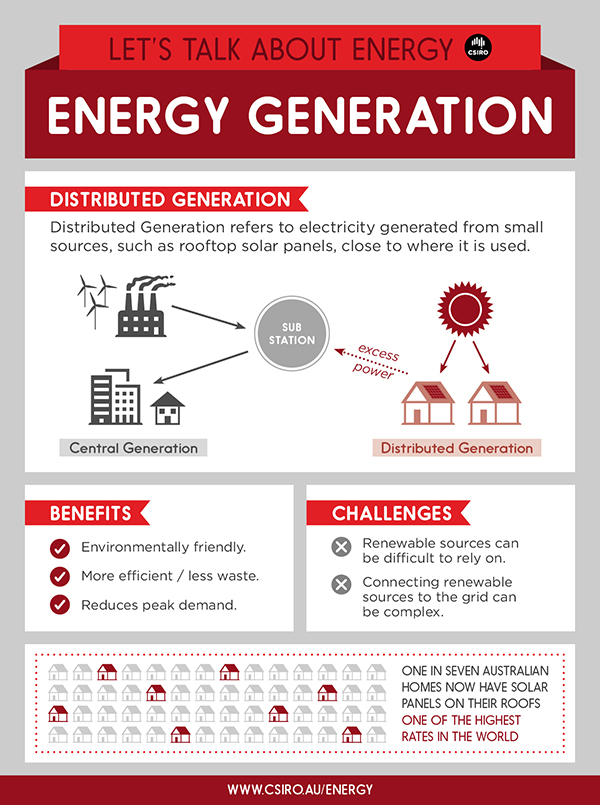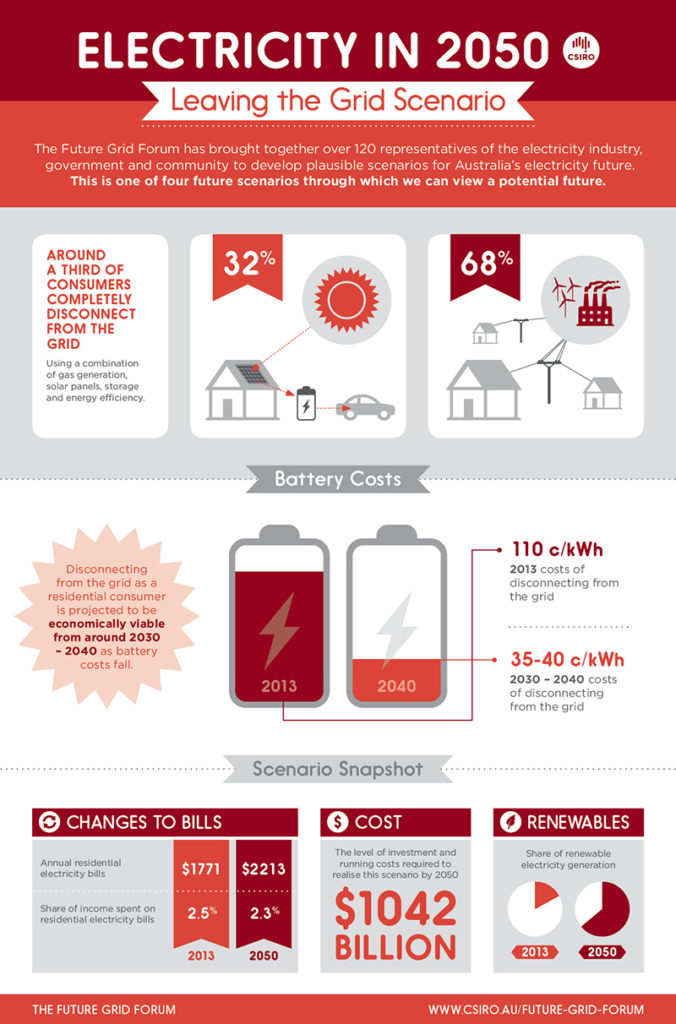
#SydneyStorm made it difficult for trees to upkeep their integrity. Our Newcastle solar fields. Picture: Mike Collins.
The East Coast Low of April 2015 has been devastating. Lives were lost, countless millions of dollars’ worth of damage and destruction to property was sustained, and hundreds of thousands of homes (along with important infrastructure) lost power.
Thankfully, the water is subsiding and emergency services are turning their focus from rescue missions to the clean-up. At the time of writing, electricity companies are still scrambling to restore power to homes and dozens of traffic lights are not operating in Newcastle and the surrounding areas. We’ve heard stories of barbecue-cooked meals and games of Monopoly by candlelight.
Many CSIRO staff, working from our Energy Centre in Newcastle, have been directly impacted by the extreme weather (author included!). The site itself was at one stage closed due to a loss of power and safety concerns; it’s back operating, but in a limited capacity.
Looking out the window at our solar thermal field, and you can’t help but be struck by the realisation that even the best of us still rely heavily on the central electricity grid.
But for how much longer?
The current model
Existing Australian power grids — in particular the National Electricity Market (NEM) grid — have evolved over the last 60 years. These systems were small in number, but had large and remote generators that provided power at high voltage through a transmission system connected to customers through a lower voltage distribution grid.
This system has one-way power flow; distribution networks divide power from large generators into small quantities for customers. But in natural disasters like the one we’ve just experienced, or during times of peak demand (in the summer months, for instance) the centralised nature of the grid can lead to mass power outages.
The future?
One in seven Australian homes now have solar panels on their roofs — one of the highest rates in the world. This ‘community-based’ approach is known as distributed generation, and it’s set to rise.
The promises and challenges of a distributed generation (DG) network.
So, could a grid of the future make widespread power outages (like the one we’re currently experiencing) a thing of the past?
According to Dr Sam Behrens, leader of our Demand Side Energy Technologies research group in Newcastle, it’s a definite possibility.
“With the uptake of new technology, we could see more and more individual houses — or even whole new estates — becoming more self-sufficient during these types of events”
“This would undoubtedly lessen the impact of widespread power outages like the one we’re experiencing in Newcastle and surrounds currently.”
This might align with one of the scenarios from our Future Grid Forum, where around one third of consumers disconnect from the grid by 2050. While this is only one of the possibilities, the ability to store energy is the real game-changer under all scenarios for reducing the impact of blackouts.
Leaving the grid scenario
Light years ahead – predictions of energy usage in 2050.
“The technology for storing solar power already exists and although it’s a bit expensive right now, companies like Samsung and Bosch are starting to mass produce these batteries, so I think we’re going to see costs come down dramatically in the next three or four years. It could be on a similar scale to the trend with solar panels, where costs came down one hundred fold in the last 10 years,” said Sam Behrens.
“The growing number of electric vehicles on the road now will also make a contribution, as they can be plugged into the house and used to provide back-up power during outages.”
For those who are in the dark as to what our site in Newcastle looks like/does, here’s a taste tester
Hold on to the Monopoly set for now, but future mass grid defection may be closer than you think.
For more information about our work on a smart, secure energy future, head to our website.




29th April 2015 at 9:51 am
I wonder how resistant the glass?? in domestic solar panel is to cricket ball-sized hail?? Perhaps we need to research hail proof glass??
28th April 2015 at 2:38 pm
*Austin Powers voice* One TRILLION dollars.
We could, conservatively, replace all the coal fired power stations in Australia with nuclear for less than a third of that. Just saying.
5th May 2015 at 7:09 pm
Think you are missing the point, the article is about small and close to the consumer.
25th April 2015 at 10:28 pm
This was a very informative article. The infographics are great!!!
We are about to start building and will be getting solar panels. I’m really glad to hear that the energy storage (batteries) will come down in the future as we would love to be totally self sufficient and eventually totally disconnect from the gird for power and water.
25th April 2015 at 8:03 am
How much heat does a solar array return to the atmosphere
25th April 2015 at 12:39 am
This is great, thank you for sharing this information. Now I learn a lot of things about solar panels, especially when it is dark